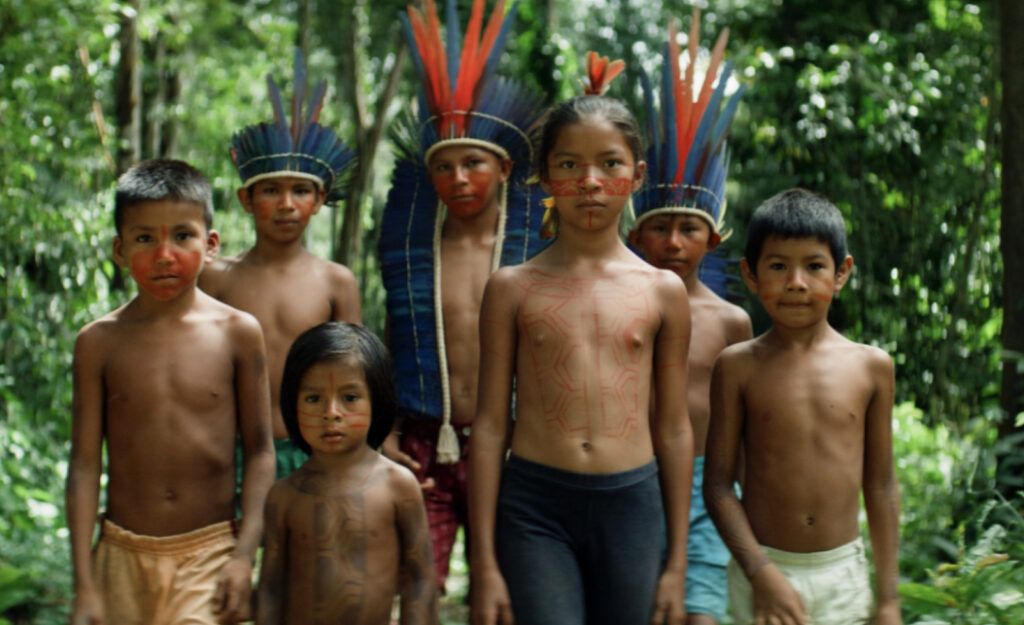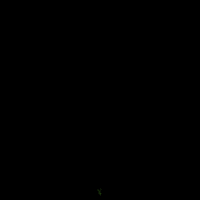Maro Indigenous Territory Forest Guardians
Area
42,373 Hectares
Ethnic Groups
Borari and Arapiuns
STATUS
Officially recognized Indigenous Territory
PROGRAM
Forest Guardians operating since 2014


Borarí and Arapiun Indigenous communities in Maró Indigenous Land (TI Maró)

The concept of Curupira can be translated as “the protective spirit of the jungle”- although its meaning for the natives is much deeper, and enigmatic. As a sacred entity, its magical powers ultimately determine what ends up happening to those who get into the jungle. The mission that the Indigenous people have is to respect and protect the jungle and, in so doing, they respect and protect themselves.
The Borarí Indigenous group came to this remote territory, in which the Arapiun had been living for centuries after fleeing poverty from Alter do Chao (A predominantly Borarí land, about 30 kilometers to the west of Santarém, the capital city of the Lower Tapajós, in the Brazilian Pará).
They went along the Arapiuns River right up to its headwaters and, from there, they followed the course of the small Maró River, which gives the territory its name. The group is about 300 people spread over 3 villages: Novo Lugar, Cachoeira do Maró, and Sao José. But the territory is large: some 42.000 hectares of primary forest – that is, intact, never cut-down Amazonian forest.
The Indigenous Land Maró hosts sacred places, fresh water sources (known as igarapés) that flow into the Maró river, herbs and medicinal plants and, above all, it is the place where Curupira dwells.
Told through the voices of the Borarí people, Meet the Mother of the Forest and the guardian of all living beings inthe Amazon (A WaterBear production)
Challenges
& Realities

To an inexperienced observer, the whole Amazonian forest may look the same, but there is a fundamental difference between a virgin forest such as this and a forest which has been exploited. In the first phase of logging, the trees that hold the most valuable tropical timber – quoted in international markets – are felled.
The second phase consists in exploiting the remaining wood. And the third and last phase is the total elimination of vegetation, generally for purposes related to industrial agriculture or extensive livestock farming. Even though its possible that the jungle can recover in due course the space that has been destroyed, the original biodiversity is extinguished forever and the carbon stored released.
Community action
Ever since the loggers’ incursions into their territory became more aggressive a few years ago, and in partnership with Treesistance, a group of men and women elected by the villages have organized themselves as a group of Forest Guardians to watch over the territory. They go around its perimeter regularly, to monitor, confront and stop illegal activities.
A commitment to defending their territory
These guardians who have grown up here, know the jungle inch by inch and dedicate their lives to defending it.
In 2017, they removed 6 illegal logging concessions and up until 2023 kept all illegal operations at bay. In 2023, two new logging companies attempted to invade their lands but have since been removed. Ensuring the territory is again free of deforestation and proving the effectiveness of the Guardian patrols.





